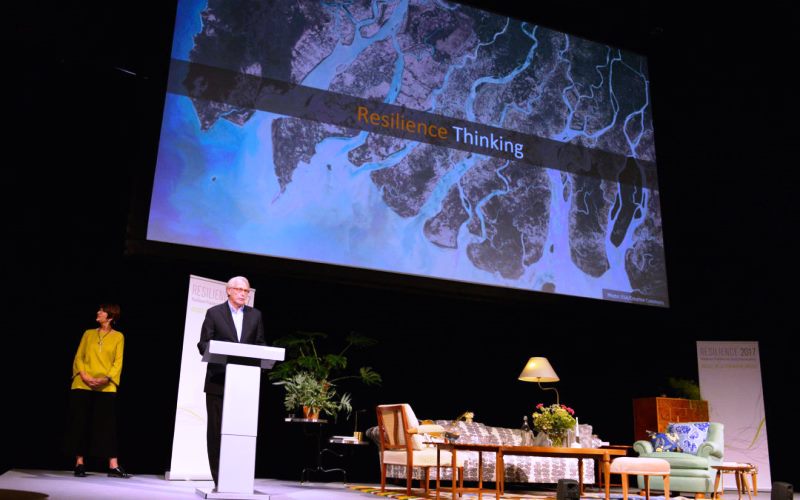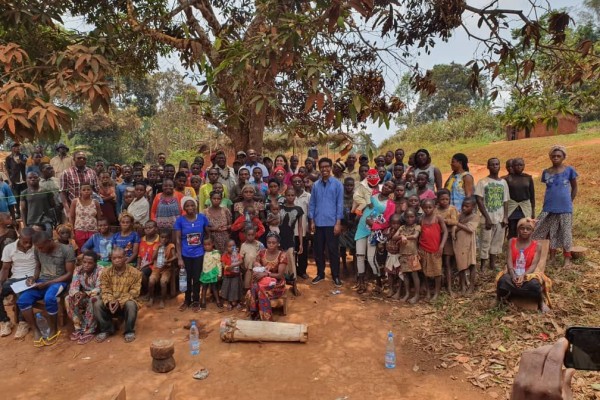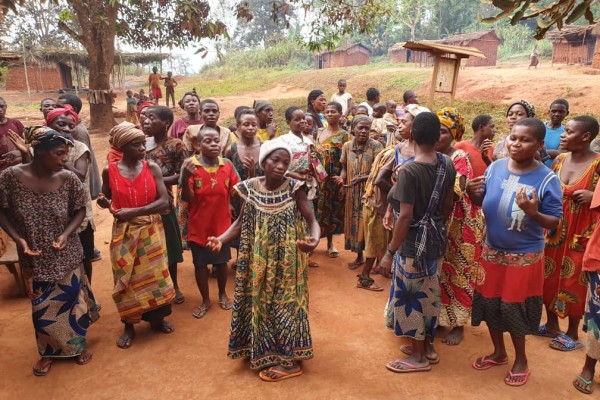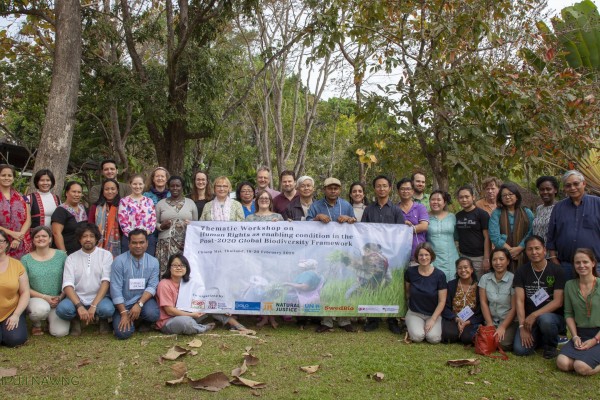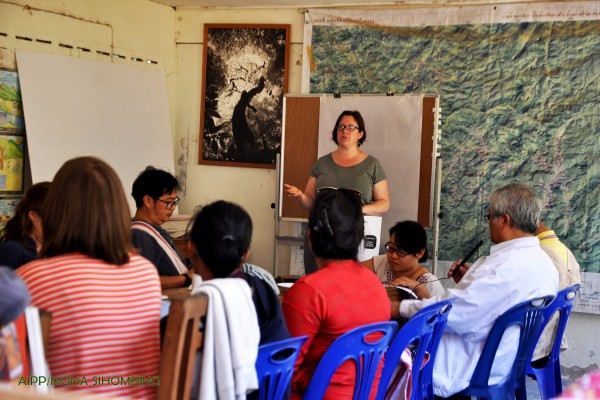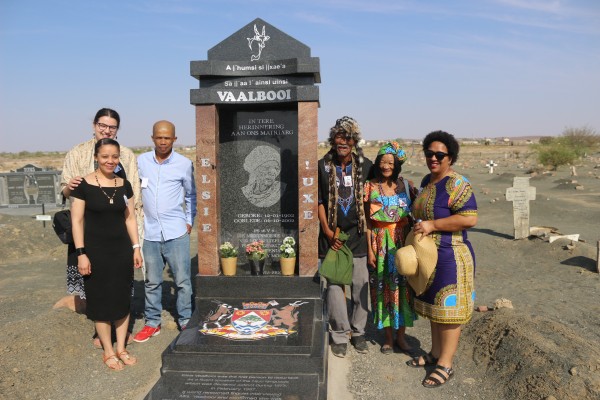“Let’s lose some time together”
Prof. Martin Scheffer, Day 2 of Stockholm Resilience Conference, Opening Plenary, on the practice of taking time out to nourish scientific creativity.
Natural Justice, through its programs on Conservation and Customary Use, Traditional Knowledge and Benefit Sharing and Extractives and Infrastructure, and by their representatives Halima Hussein and Harry Jonas attended the Stockholm Resilience Conference, 2017. The event was organized by the Stockholm Resilience Centre, Beijer Institute of Ecological Economics and the Resilience Alliance and was held at the Stockholm Waterfront Congress Centre from 20-23 August 2017. The purpose of the conference was to bring together academics and practitioners in the field to discuss resilience as a key lens for biosphere-based sustainability science.
The opening plenary presented by Prof. Carl Folke, Stockholm Resilience Centre, and Prof. Katrina Brown, University of Exeter, laid the basis for the theme and tone of the entire conference.
Their presentations were accompanied by excerpts from Aeterna, a poetic and cinematic study of how mankind has become the dominant force shaping Earth. It was easy to get lost in the natural beauty and compassion of our biosphere and the relationship between human life and nature as well as economic stratification. Folke argued that humanity is part of the biosphere and that we are not merely linked but deeply intertwined with it. He challenged us to think of the future of people as part of Earth and argued that a resilient biosphere is the basis of development, wellbeing and health. He then stated that transformations to global sustainability, which we are currently witnessing, are necessary, possible and desirable. And there’s good news: the Anthropocene is evolving from an immature Anthropocene to a more mature Anthropocene in which we are becoming more capable of dealing with new challenges and are conscious of how we rule and interact with the biosphere. Folke called this the ‘New Renaissance’ and linked to this period to ‘biosphere stewardship.’ I.e., if we want to live and sustain a good life for 10 billion people, we must be stewards of our own future and we do this by reconnecting development to key pillars of the biosphere.
Professor Karen O’Brien, University of Oslo, on the theme session ‘Where are transformations currently happening? Problems and Promises’ stressed the need to put the ‘social’ into the ‘ecological’ and emphasized the importance of values, narratives, institutions, emotions and identities in shaping this phenomenon. Brown stated that in our role as agents of change, people, poverty, power, place, perspective and practice come into play. O’Brien added one more ‘P’ for ‘Paradox.’ The reality is that there are numerous transformations currently happening-coral bleaching, landslides, climate change and social transformations such as the Trump win and Brexit, but can one induce transformation?
Professor Frances Westley, in a continuation of this theme, and in elaboration of her forthcoming book The Evolution of Social Innovation: Building Resilience through Transitions, uses the national park system to illustrate this paradox. In national parks, there are partnerships between promotion of conservation science and over-civilized modern people indulging in the romanticism of freeing their souls in the wilderness. Besides this Wilderness vs. Park paradox, there is also Science vs. Tourism and Nature vs. Culture. These partnerships define paradoxes of tensions embedded therein. The main paradox is this: transformation either does or does not take time, it could take very little time to get to tipping points or it may take generations, but these generations are built upon thousands of years worth of knowledge from their ancestors so that our jobs as environmental justice advocates is to carry it forward for a certain period and leave it for someone else to do their part. Both speakers were in agreement that transformations and resilience are a process and a journey, not a destination, and this is certainly a comfort for Natural Justice bearing in mind the dynamics of the work we are all involved in.
Natural Justice participated in the session, Weaving Social Justice into Resilience Theory and Practice: Linking Local Cases and Global Levers to Propel Sustainable and Equitable Transformation. Introducing the session, Prof. Anne Salomon (Simon Fraser University) and Dr. Claudia Ituarte-Lima (Stockholm Resilience Centre), asked speakers how one can use international law as a justice tool to achieve human rights and sustainability. Harry Jonas (Natural Justice) suggested that at least one ‘gift’ from international law emerges from Target 11 of the (20) Aichi Biodiversity Targets. In his presentation on Transforming Protected Area Law to Foster Greater Socio-Ecological Resilience: Introducing “Other Effective Area-based Conservation Measures (conserved areas)”, he stated that conserved areas may present themselves as a useful international legal opportunity to recognize the conservation contributions of, among other forms of conservation outside protected areas, the efforts of indigenous peoples and local communities. He argued for the inclusion of indigenous peoples and local communities in the recognition and development of conserved areas related legal frameworks and underscored that any recognition of their territories or areas as conserved areas should be done with their free, prior and informed consent.
A distinguishing feature of this Conference was the academic depth to the presented ideas, there was even ‘abstract’ for a dinner.
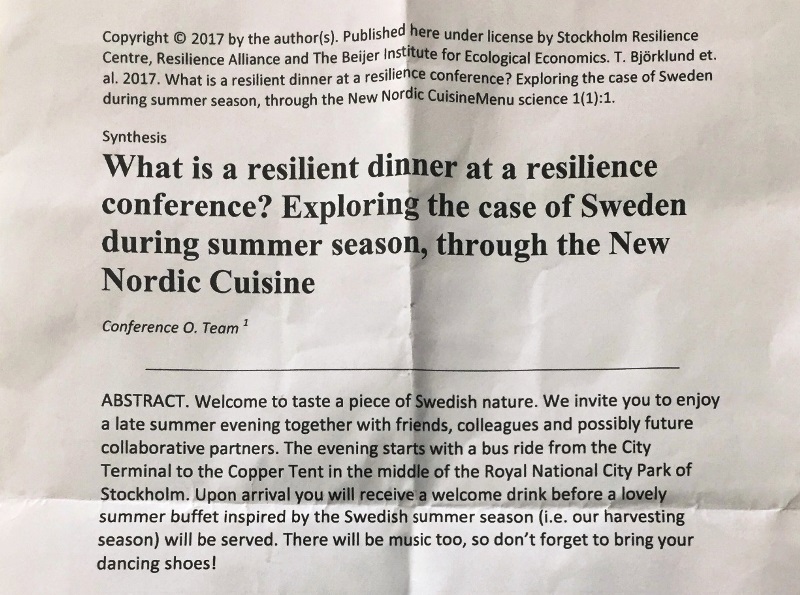
In the Closing Plenary, Sundaa Bridgett-Jones, Rockefeller Foundation, lauded the maturation of ‘resilience’ as a field in terms of the spaces thinkers are exploring, the questions being raised and the way people are interacting with each other. While there has been a merging of social and natural sciences, she advised that practitioners can still push the boundaries as regards transformations.
The entire conference was a reminder of the ideas and research that motivate our work as Natural Justice and to always link those goals to our day-to-day activities. Going forward, it is certainly a comfort that the conflict that some of us are experiencing with regard to our ideas is a distinguishing feature of a transformative social idea. However, it is also imperative to reflect on the goals of our research; we should move beyond building knowledge for others in these areas but also be those agents of change to improve the lives of these marginalized and discriminated communities that we work with, in real time.

